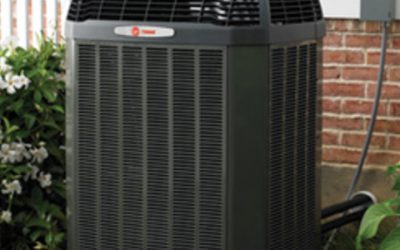Throughout history, man has created items out of more and more durable and specific types of materials. Even in early and ancient cultures, various metals were used in everything from weapons to household items. In fact, in ancient Egypt metal was a common material used in many applications, and brazing was used to create effective, strong joints between metal pieces.
Early processes may have been crude by today’s standards, but brazing is a very reliable and strong option for joining two similar or two different types of metals. Aluminum brazing is particularly effective as it allows aluminum to be joined in a solid, dependable and efficient join that is stronger than either of the two workpieces that are being joined in the process.
Processes of Today
While manual types of brazing aluminum processes are used today, there are faster, more effective and more precision options to consider. By choosing furnace brazing, which allows multiple parts and components to processed at once, the cost of production can be decreased while the consistency between parts is increased.
Additionally, brazing aluminum can also be completed on continuous feed mesh belts. This further increases the production rate for the brazed parts without sacrificing anything in quality and consistency.
Precision Processes
In addition to continuous mesh belt furnace brazing aluminum processes, there is also the option to carefully and precisely control the application of the brazing paste. This too can be fully automated using robotic systems. These systems position the pieces to be welded and apply the paste for brazing, creating precise, repeatable and completely controlled processes for precision parts and components.
Other options are also available for applying the brazing paste that offers similar levels of precision. Pneumatic systems can apply paste from a cartridge or syringe, while applicator guns provide a fast and consistent option as well.

